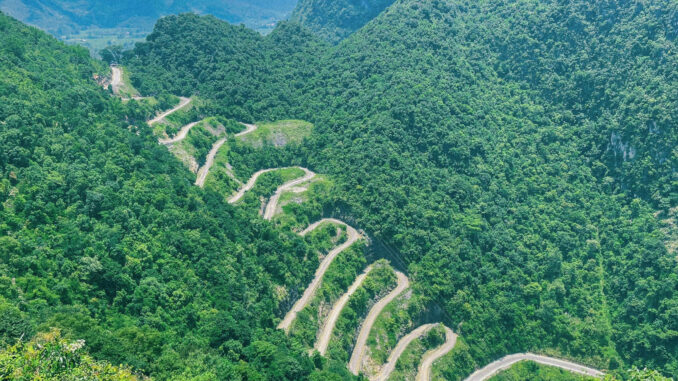
In the heart of Southeast Asia lies a country renowned for its natural beauty and rich cultural heritage – Vietnam. From the bustling cities to the serene countryside, Vietnam offers a diverse range of experiences for travelers seeking adventure and cultural immersion. Among its many attractions, Vietnam is home to some of the most stunning mountain passes that challenge even the most seasoned backpackers. These winding roads, with their breathtaking landscapes and challenging ascents, offer a unique opportunity to explore the country’s mountainous regions and discover hidden gems along the way.
I. Suitable time to visit
Each time of year, each mountain pass has a unique beauty and the weather in each season is also very different. However, the most appropriate time to visit these tourist destinations is from September to April, which is also the dry season in the Northwest.
II. 4 impressive mountain passes
1. Ô Quy Hồ Mountain Pass
is located on Highway 4D, connecting Lai Chau and Lao Cai provinces, 330k from Hanoi city center, 6 hours by car. The top of O Quy Ho Pass is called “Heaven’s Gate”, and is a beautiful cloud hunting spot. Looking from the top of O Quy Ho pass, (2000m high) you can see the entire winding road of the pass and the misty valleys.
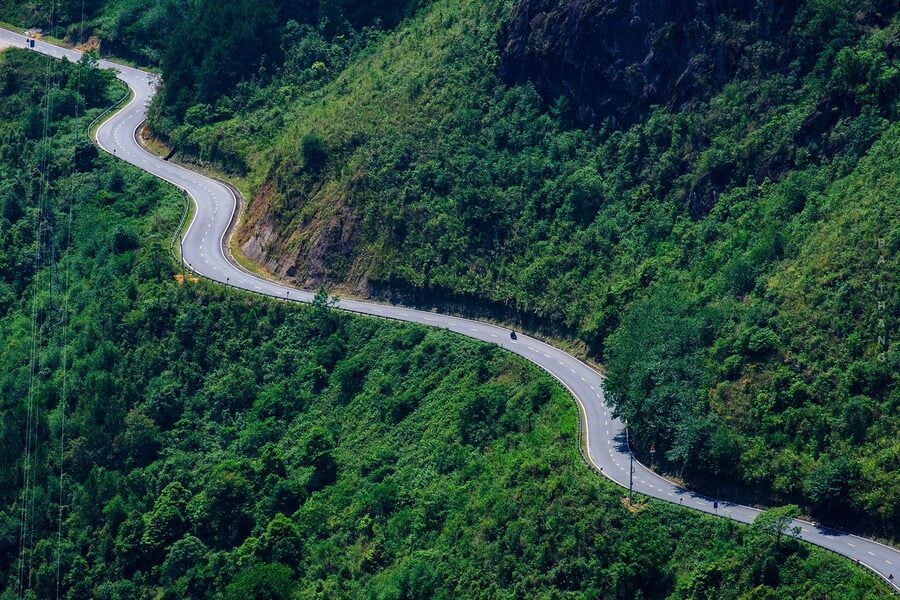
On both sides of the pass, one side is deep abyss and the other side are steep sharp cliffs. Right at the foot of O Quy Ho pass, towards Sapa is Silver Waterfall – one of the 10 most beautiful waterfalls in Lao Cai.
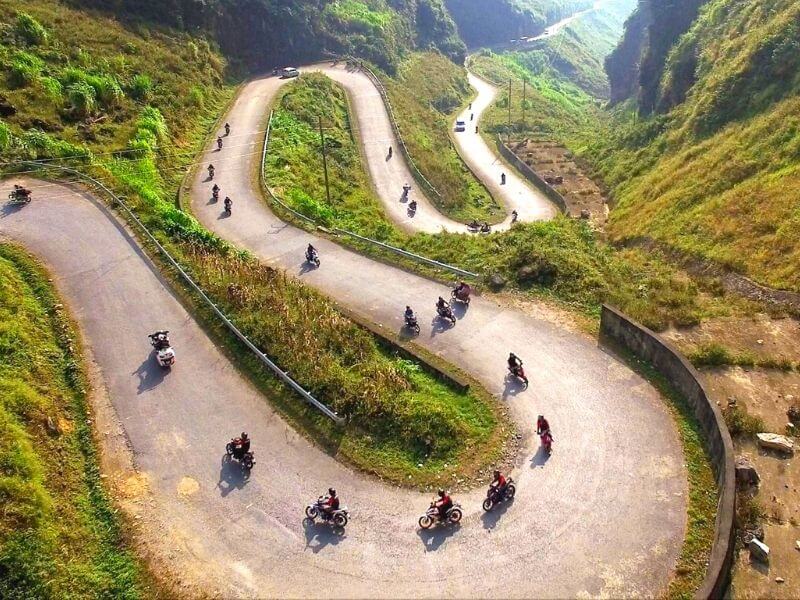
2. Mã Pí Lèng Mountain Pass
is located on Highway 4C, Pa Vi and Pai Lung communes, Meo Vac district, Ha Giang province, is one of the highest and most dangerous slopes in the Northeast mountains. Located at an altitude of about 1,200m above sea level, and about 20km long (connecting Dong Van ancient town and Meo Vac town), Ma Pi Leng curves and wraps around the mountain like a white python.
Riding a motorbike on this mountain pass will challenge packbacker courage.
If you are foreigners who want to visit Vietnam, you need to have a Vietnam visa to entry here.
3. Pha Đin Mountain Pass
is considered the boundary between Dien Bien and Son La provinces. The name of this pass means the place where earth and sky intersect – the meaning of name is enough to show the remoteness and danger here. Pha Din mountain pass is located at an altitude of 1000m above sea level, with a total length of about 32km.
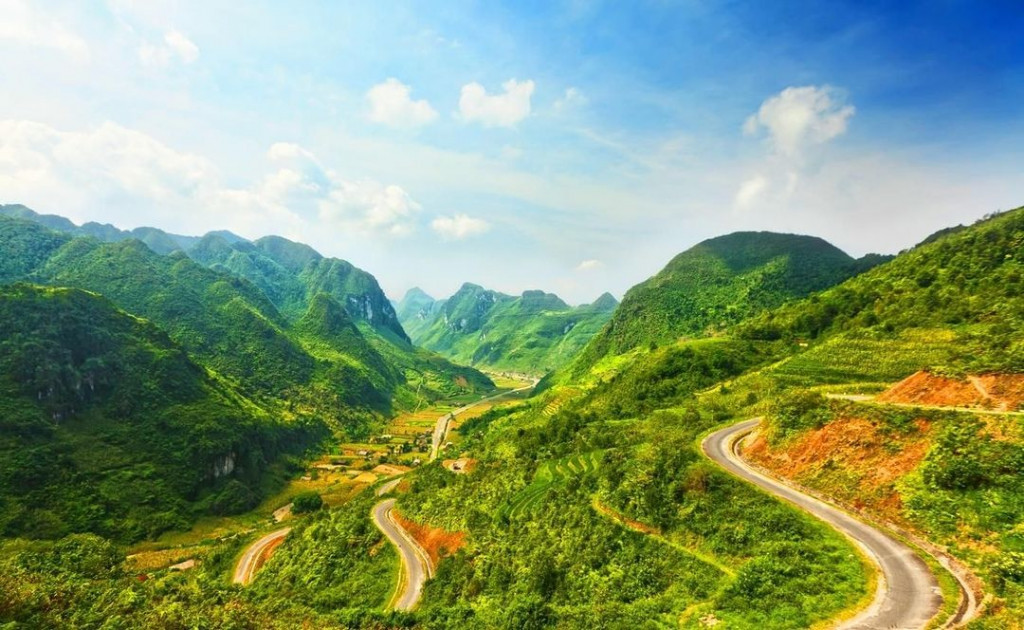
Most tourists and backpackers come here to satisfy their adventurous spirit. The rugged mountain pass and majestic nature here have an extraordinary appeal. Looking back from afar, the long pass road curves like a rope suspended between mountains and hills.
The terrain here is extremely dangerous with a cliff on one side and a deep abyss on the other. The highest point of Pha Din pass is 1,648m above sea level. The slope of the pass ranges from 10% to 19%. The mountain pass is zigzag with 125 dangerous curves, A-shaped and Z-shaped curves with a radius of less than 15m.
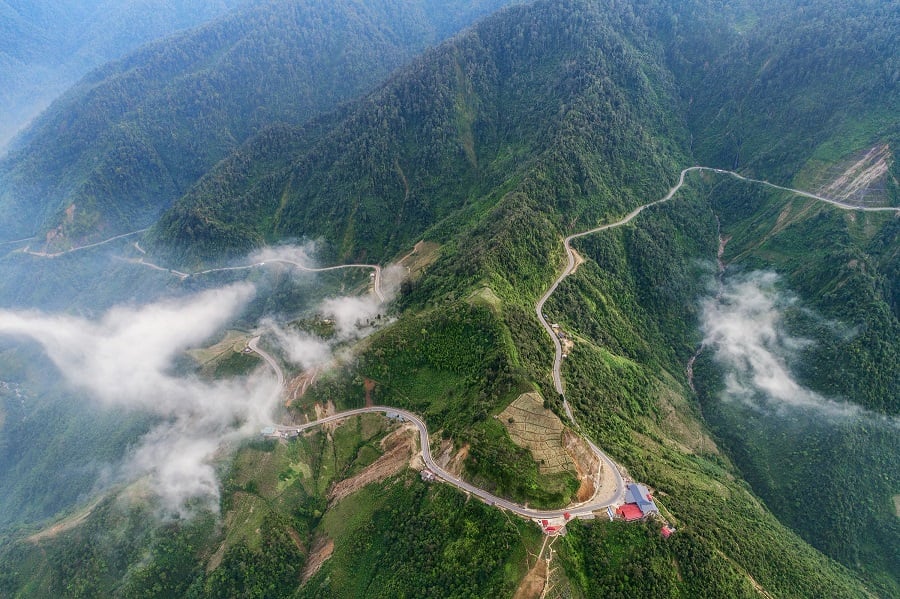
4. Khau Phạ Mountain Pass
is is located 1,200 meters above sea level with a length of about 30km, in Yen Bai province. In the ethnic language, Khau Pha means ‘Horn of Heaven’. Khau Pha Pass is like a horn growing straight up to the sky with mist and clouds all year round covering the top of the pass.
Although the length is only 30km, throughout the journey, you will have to move slowly to ensure the safety of yourself and those around you as well as to be able to fully admire the majestic scener and the wilderness of this place.
Get a Vietnam visa
If you are a foreigner who wants to come to Vietnam to challenge yourself with these impressive mountain passes here, you need to apply for a Vietnam visa. Check this list to see if your nationality is eligible for a Vietnam visa
Currently, there are 3 common ways to apply for a Vietnam tourist visa.
– Through Vietnam Embassy/ Consulate.
– Through Vietnam eVisa.
– Through Vietnam visa on arrival (VOA).
To find out more details about how to apply for Vietnam tourist visa, please follow this article: How to Apply for Vietnam Tourist Visa